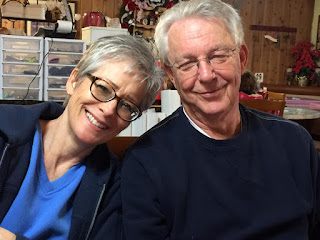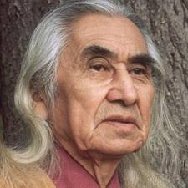Good 53º scattered clouds morning.
It sailed from Georgia.
If the gang is used to you serving plain cocktail meatballs on game day, you better make extra this time, 'cause they're likely to eat a bunch more of these Sweet and Sour Meatballs...even before the game officially begins!
- 2 pounds ground beef
- 1 egg
- 1/4 cup water
- 1/4 cup dry bread crumbs
- 1 teaspoon salt
- 1/2 teaspoon onion powder
- 1/8 teaspoon black pepper
- 1 (12-ounce) jar cocktail sauce
- 3/4 cup grape jelly
- 2 tablespoons fresh lemon juice
- In a large bowl, combine ground beef, egg, water, bread crumbs, salt, onion powder, and pepper; mix well. Form into 1-inch meatballs and set aside.
- In a soup pot, mix together cocktail sauce, jelly, and lemon juice. Bring to a boil over high heat, then add meatballs. Reduce heat to low, cover, and simmer 30 to 35 minutes, or until meatballs are cooked through.
****This recipe is best prepared the day before serving. Cover and refrigerate overnight then skim the fat off the top and heat to serve.
1899 – Chief Dan George, Canadian actor (d. 1981)
1936 – Ruth Buzzi, American actress and comedian
1951 – Lynda Carter, American actress
1969 – Jennifer Lopez, American actress and singer
On July 24th, commemorate National Tequila Day with a little lime and salt. Mix up a Margarita, Paloma, or a Mamasita to celebrate the day! People have been making Tequila for centuries, and it was once known as mezcal wine.
In fact, Tequila is mezcal, but mezcal isn’t Tequila. That’s because Tequila is distilled from a specific type of agave plant. Also, the law protects its production. Take a sip, and we’ll travel into Tequila’s history.
Tequila History
It all started around the 16th century. Cortez arrived on the North American continent with his Spanish conquistadors. They didn’t care much for the fermented mezcal wine served to them. However, the Spanish introduced copper stills to the population. Enter the distilling process.
Now, our story takes us to Tequila, Jalisco, Mexico. Located in a valley west of Guadalajara in Jalisco, Mexico, the town made a name for themselves by distilling Blue Agave. Even though a variety of succulents in Mexico produce mezcal, only one delivers the nectar to distill Tequila. Blue Agave grows in the highland region. Indeed, the unique growing conditions contribute to a larger size and sweeter tasting agave. In contrast, agave grown in the lowland regions taste and smell more herbal.
In Mexico, the law protects the production of Tequila. The rule states Tequila is only Tequila if it is made within Jalisco. Additionally, the law limits production to regions in the states of Guanajuato, Michoacan, Nayarit, and Tamaulipas. However, the same ingredients distilled anywhere else cannot be labeled Tequila.
Interestingly, many names in the tequila business today were the very first commercial producers of Tequila. For example, José Antonio Cuervo held the first license for making the favored beverage. He kept a well-known company, too. Two other names include Don Cenobio Sauza and Félix López, whose businesses continue in some form today.
Equally enjoyed in cocktails such as the margarita or tequila sunrise, connoisseurs savor a good tequila like a good whiskey. As a result, savvy drinkers experience the smooth renaissance of Tequila. Surprisingly, it’s not the firewater they remember from their youth.





















1 comment:
Happy Saturday!
There is some grape jelly needing to be used up. Thank you for the recipe.
The theme song for today is now’Georgia on my mind.’ LOL
Post a Comment